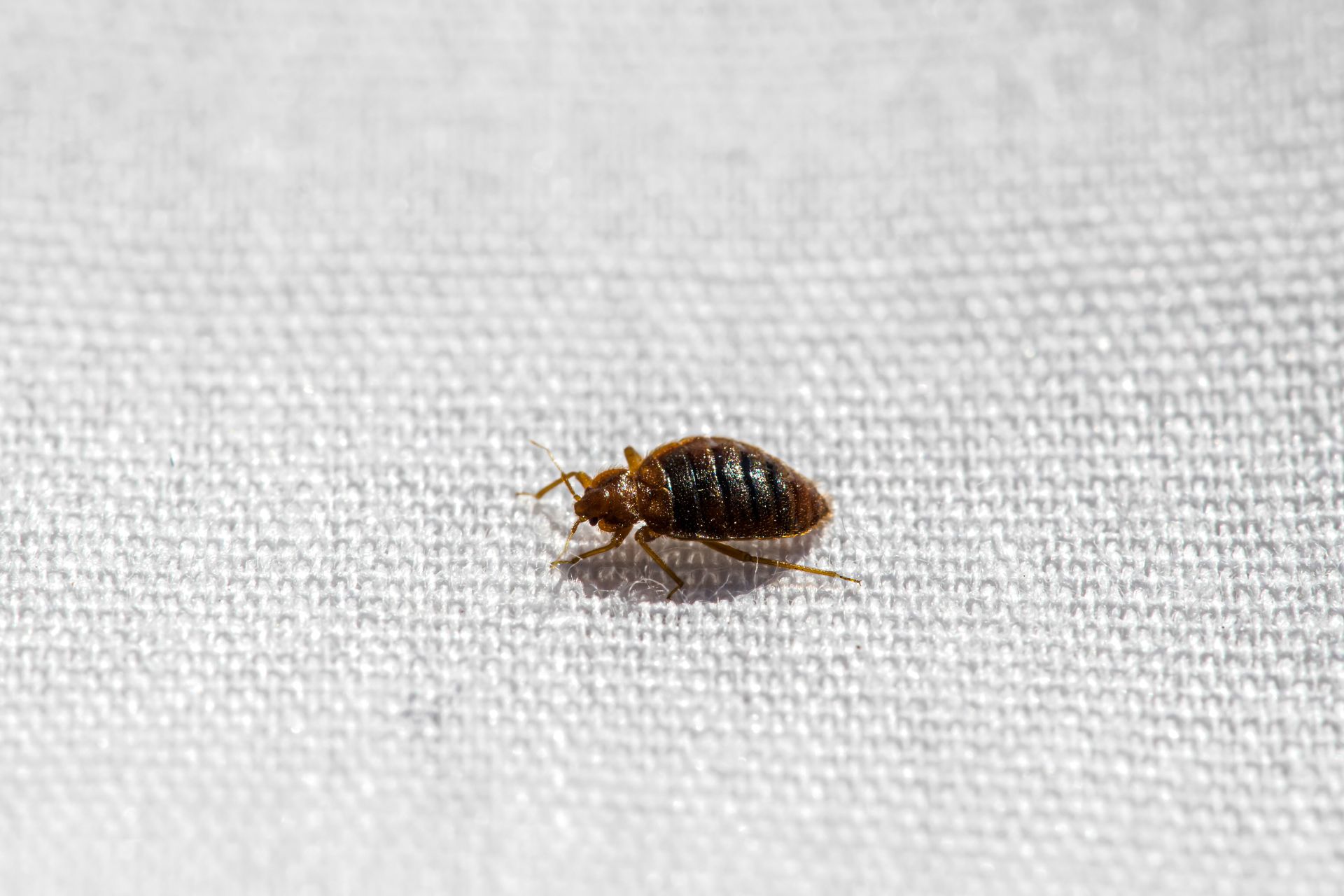Common Bathroom Insects: Little Black Insects Bathroom
It’s not uncommon to find small, black insects in your bathroom. These tiny creatures can be a nuisance, but understanding what they are and how they got there can help you control them.
Identifying Common Bathroom Insects
There are several types of small black insects that are commonly found in bathrooms. Here are some of the most common:
Identifying Features of Common Bathroom Insects
- Silverfish: These insects are about 1/2 inch long, silver-grey, and have a teardrop-shaped body. They have three long, thin antennae and three long, bristle-like appendages at the end of their abdomen. Silverfish prefer dark, humid environments and feed on starches and sugars, which they can find in items like wallpaper paste, book bindings, and even some fabrics.
- Springtails: These tiny insects are typically less than 1/8 inch long and are usually white, gray, or black. They have a distinctive “springtail” that allows them to jump long distances. Springtails are commonly found in moist environments, including bathrooms, and feed on decaying organic matter.
- Booklice: These small, wingless insects are about 1/16 inch long and are typically white or cream-colored. They have long antennae and a slightly elongated body. Booklice prefer humid environments and feed on mold and mildew, often found in bathrooms.
- Earwigs: While not strictly black, earwigs are often dark brown or black. They are about 1/2 inch long and have a distinctive pair of forceps on their abdomen. Earwigs are attracted to moist environments and are often found in bathrooms, especially in areas where there is food or decaying organic matter.
- Fruit Flies: These small, black flies are about 1/8 inch long and have reddish-brown eyes. They are attracted to ripe fruit and decaying organic matter, which can be found in bathrooms with garbage cans or drain areas.
Visual Distinguishing Features
| Insect | Description | Image |
|---|---|---|
| Silverfish | Teardrop-shaped body, silver-grey, three long antennae, three bristle-like appendages at the end of abdomen. | [Image of a silverfish] |
| Springtail | Less than 1/8 inch long, white, gray, or black, “springtail” for jumping. | [Image of a springtail] |
| Booklice | About 1/16 inch long, white or cream-colored, long antennae, slightly elongated body. | [Image of a booklice] |
| Earwig | About 1/2 inch long, dark brown or black, distinctive forceps on abdomen. | [Image of an earwig] |
| Fruit Fly | About 1/8 inch long, black, reddish-brown eyes. | [Image of a fruit fly] |
Preventing and Controlling Bathroom Insect Infestations

A clean and dry bathroom is the best defense against bathroom insect infestations. Preventing infestations is crucial as they can be difficult to eliminate and can pose health risks. Here’s a comprehensive guide to preventing and controlling these pesky bathroom critters.
Maintaining a Clean and Dry Bathroom Environment
Keeping your bathroom clean and dry is the most effective way to deter bathroom insects. These insects thrive in moist, humid environments, and a clean bathroom eliminates their food sources and breeding grounds.
- Regular Cleaning: Clean your bathroom regularly, focusing on areas prone to moisture and grime. This includes the sink, bathtub, toilet, and floors.
- Drying Surfaces: After showering or bathing, dry all surfaces, including the floor, walls, and shower curtain. This prevents the buildup of moisture that attracts insects.
- Proper Ventilation: Ensure adequate ventilation in your bathroom. Use a fan during and after showers to remove excess moisture and prevent condensation.
- Cleaning Spills: Clean up spills immediately. Food and drink spills attract insects and provide a food source.
- Trash Disposal: Dispose of trash regularly, especially food waste, to prevent attracting insects.
Sealing Cracks and Crevices
Bathroom insects often enter through cracks and crevices in walls, floors, and around plumbing fixtures. Sealing these entry points is crucial to prevent infestations.
- Inspect for Cracks: Carefully inspect your bathroom for cracks and crevices. Pay attention to areas around pipes, vents, and windows.
- Caulk and Sealant: Use caulk or sealant to fill cracks and crevices. Choose a sealant specifically designed for bathrooms to withstand moisture.
- Repair Damaged Pipes: Repair any leaking or damaged pipes immediately. Leaking pipes provide moisture and attract insects.
- Screen Vents and Windows: Ensure vents and windows are properly screened to prevent insect entry.
Recommended Pest Control Options, Little black insects bathroom
If you encounter a bathroom insect infestation, you’ll need to take steps to eliminate them. There are various pest control options available, both natural and chemical.
Natural Pest Control Options
Natural pest control methods are often safer and more environmentally friendly than chemical options.
- Diatomaceous Earth: Diatomaceous earth is a natural powder made from fossilized diatoms. It works by dehydrating insects and causing them to die. Sprinkle diatomaceous earth around areas where insects are present, such as baseboards and cracks.
- Essential Oils: Certain essential oils, such as peppermint, tea tree, and lavender, can repel insects. Mix a few drops of essential oil with water and spray it around your bathroom.
- Vinegar: Vinegar is a natural disinfectant and can help to kill insects. Spray vinegar around areas where insects are present.
- Borax: Borax is a natural mineral that can be used to kill insects. Mix borax with water and sprinkle it around areas where insects are present.
Chemical Pest Control Options
Chemical pest control options can be effective in eliminating infestations, but they should be used with caution.
- Insecticides: Insecticides are available in various forms, including sprays, powders, and baits. Choose an insecticide specifically designed for bathroom insects.
- Fumigation: Fumigation is a more extreme measure that involves filling the bathroom with insecticide gas. This should only be used as a last resort and by a professional pest control company.
